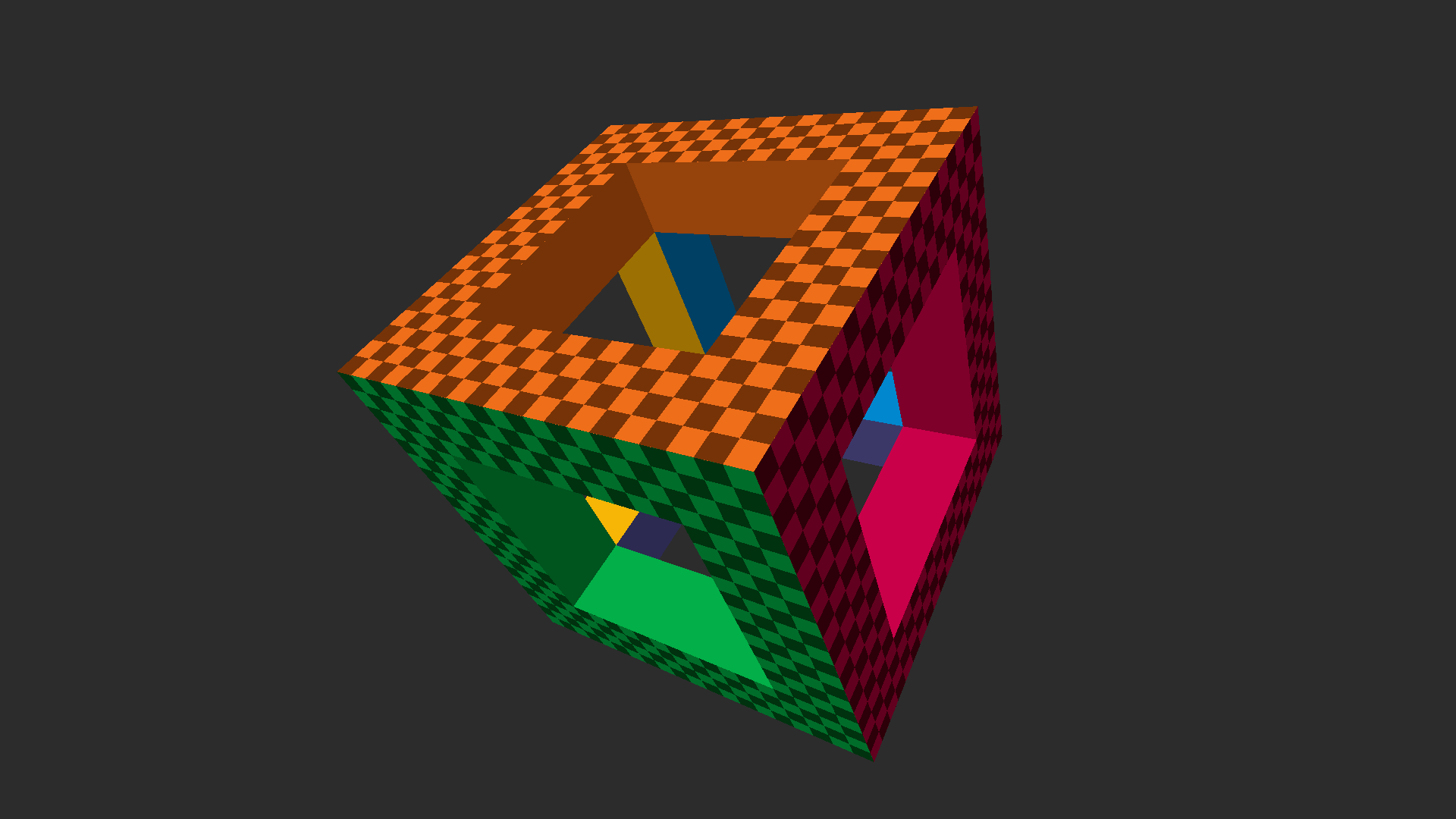Minimal D3D11 reference implementation: An uncluttered Direct3D 11 setup + basic rendering primer and API familiarizer. Complete, runnable Windows application contained in a single function and laid out in a linear, step-by-step fashion that should be easy to follow from the code alone. ~200 LOC. No modern C++, OOP or (other) obscuring cruft. View on YouTube
The Gilbert–Johnson–Keerthi (GJK) distance algorithm is a method of determining the minimum distance between two convex sets. The algorithm's stability, speed which operates in near-constant time, and small storage footprint make it popular for realtime collision detection.
Unlike many other distance algorithms, it has no requirments on geometry data to be stored in any specific format, but instead relies solely on a support function to iteratively generate closer simplices to the correct answer using the Minkowski sum (CSO) of two convex shapes.
This file contains hidden or bidirectional Unicode text that may be interpreted or compiled differently than what appears below. To review, open the file in an editor that reveals hidden Unicode characters.
Learn more about bidirectional Unicode characters
| #include <stdio.h> | |
| #define STR2(x) #x | |
| #define STR(x) STR2(x) | |
| #ifdef _WIN32 | |
| #define INCBIN_SECTION ".rdata, \"dr\"" | |
| #else | |
| #define INCBIN_SECTION ".rodata" | |
| #endif |
This file contains hidden or bidirectional Unicode text that may be interpreted or compiled differently than what appears below. To review, open the file in an editor that reveals hidden Unicode characters.
Learn more about bidirectional Unicode characters
| /* compile with: | |
| on linux: gcc -g stack_traces.c | |
| on OS X: gcc -g -fno-pie stack_traces.c | |
| on windows: gcc -g stack_traces.c -limagehlp | |
| */ | |
| #include <signal.h> | |
| #include <stdio.h> | |
| #include <assert.h> |
NewerOlder
